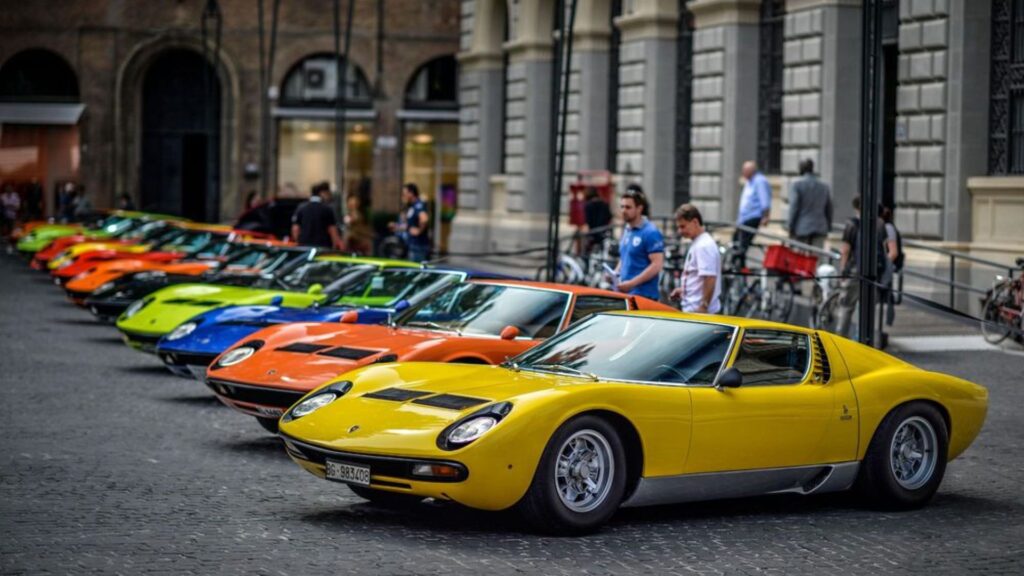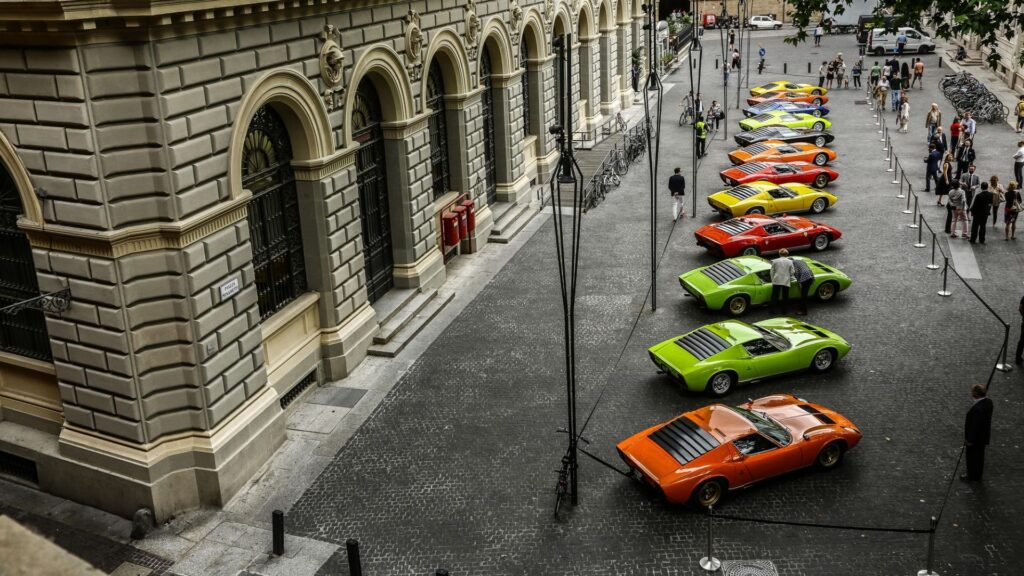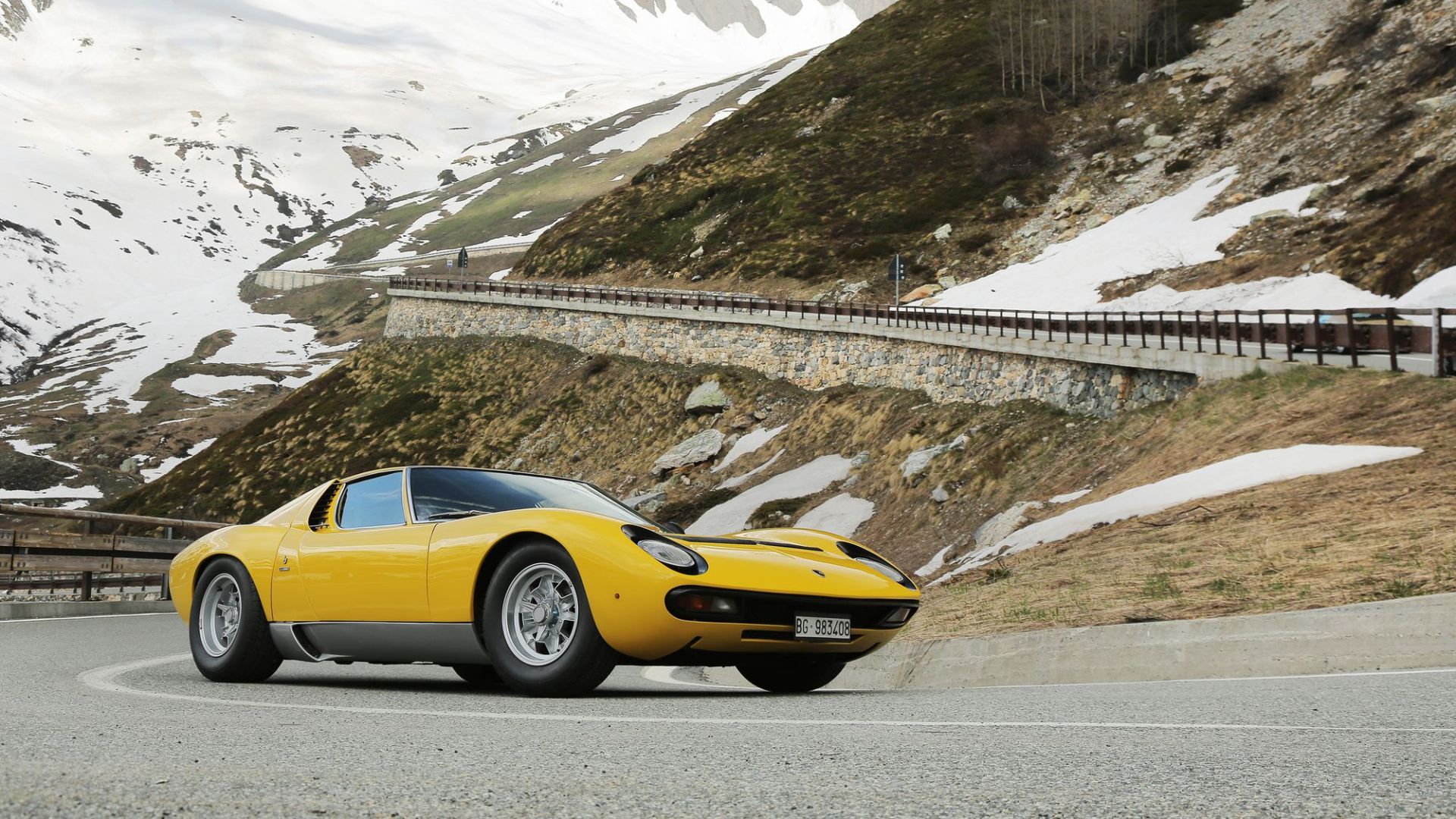The Lamborghini Miura, widely regarded as the world’s first true supercar, changed the trajectory of high-performance automotive design when it debuted in 1966. With only 764 units built between 1966 and 1973, the Miura was a groundbreaking machine that combined bold engineering, head-turning design and raw power.
The car redefined the modern performance vehicle and set the stage for future Lamborghini models such as the Murciélago and Aventador.
But the Miura was more than a beautiful, fast car. Its development story — and the legacy it launched — helped shape Lamborghini’s identity.
Here are five lesser-known facts about the iconic Miura.
Mid-engine origins

The Miura was Lamborghini’s first mid-engine road car, a configuration now standard for most supercars. Ferruccio Lamborghini initially opposed the idea, considering it impractical for street use. But a team of engineers, working after hours without his approval, secretly developed the prototype known as the P400.
They fit a transversely mounted 3.9-liter V-12 engine into the chassis — an unprecedented move in road cars at the time. When the prototype was rushed to the 1966 Geneva Motor Show, a minor problem surfaced: the engine cover wouldn’t stay shut. The solution? Weights were added to keep it closed for the reveal.
A chassis captures attention

Before its full debut, Lamborghini showcased the Miura’s bare chassis at the 1965 Turin Auto Show. The public mistook it for a race car, which generated buzz and cemented its performance image before the bodywork was even unveiled.
While Giorgetto Giugiaro contributed to the concept’s early design, it was Marcello Gandini of Bertone who styled the final Miura — a masterpiece of flowing curves, hidden headlights and low-slung proportions that made the car appear fast even when parked.
A cultural icon
Though not Lamborghini’s first car — that honor belongs to the 350 GT — the Miura was the first to gain worldwide acclaim. By the early 1970s, it had become a pop culture symbol.

Jazz legend Miles Davis and rocker Rod Stewart were known owners. Guitarist Eddie Van Halen reportedly used a recording of his Miura’s engine as the intro to the song “Panama.” And in the 1969 film The Italian Job, the Miura’s appearance in the opening scene helped solidify its place in cinema and automotive history.
A name with muscle
The Miura name is derived from one of Spain’s most aggressive breeds of fighting bulls — a fitting title for a car that defined strength, speed and defiance. The name also influenced Lamborghini’s now-famous raging bull logo and its naming tradition.
From the Diablo to the Aventador, many Lamborghini models have drawn names from the world of bullfighting, a practice that began with the Miura.
A legacy still charging
Before the Miura, Lamborghini model names were numeric and technical. Afterward, the brand embraced symbolism, passion and power. The Miura sparked this transformation and set the tone for the company’s bold identity.

More than half a century after its debut, the Miura remains one of the most admired sports cars ever made. Its influence continues to resonate — in design studios, on racetracks and among collectors around the world.
The Miura wasn’t just a car. It was a revolution.
